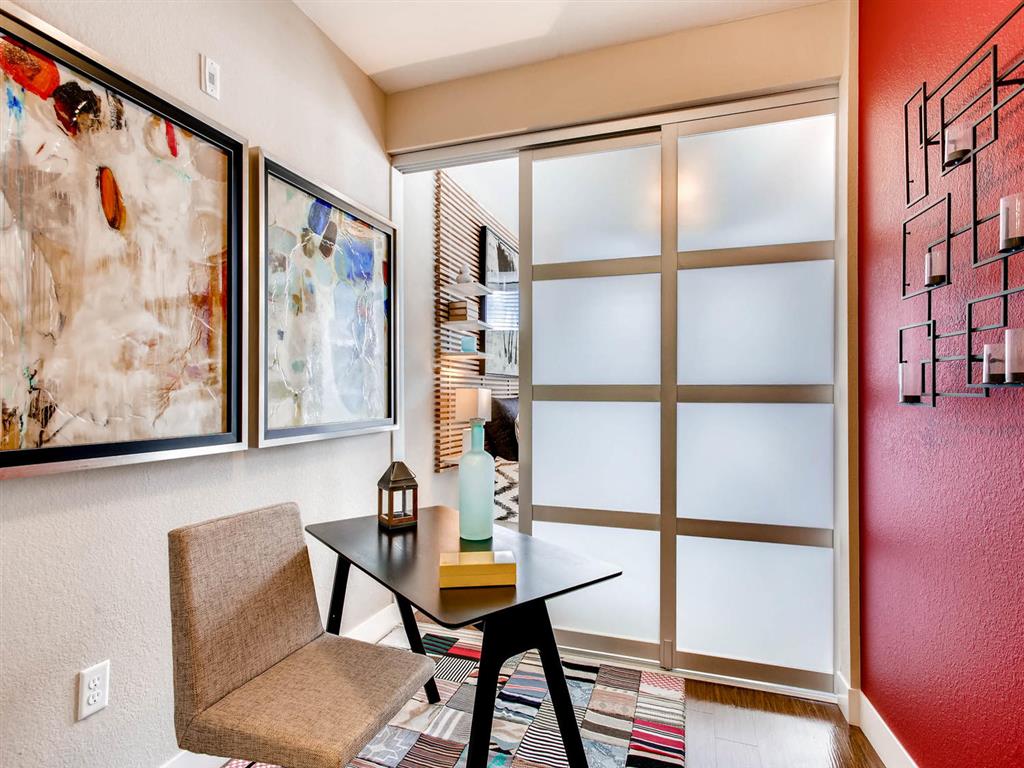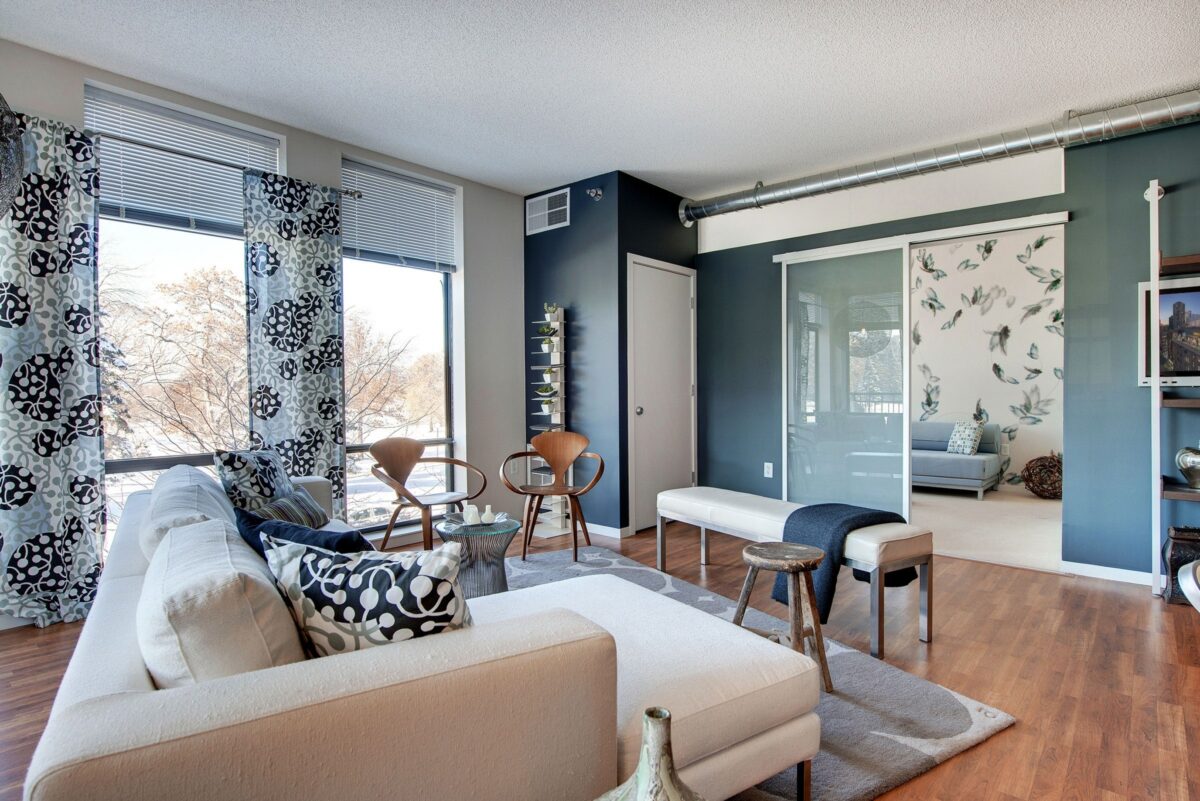Where it comes to freshening the look of a home, paint can have a significant impact. However, painting the rooms in your home can do far more than provide a new color to enjoy. Let’s explore how to choose paint colors for your home interior, from paint types and focal points to color psychology and interior design tips.
Paint Type and Sheen
Believe it or not, the type and sheen of paint you choose will determine how vibrant and long-lasting your new colors will be.
Interior paint can either be oil-based or latex, with the latter being the most versatile. Latex can withstand a wide range of environments, making it as ideal for the living room as it is for the kitchen or bathroom. Not only that, but latex paint tends to be more durable, and it lasts longer than its oil-based counterpart. Don’t count oil-based paint out, however; it can be ideal for sealing and protecting wood like that on moldings and trim.
Sheen refers to a paint’s finish when dry. Paint can have a satin, glossy, or semi-gloss sheen, or it can have no sheen at all. Which paint is best? That all depends on the type of room you’re painting. For example, because it can stand up to frequent wiping and temperature changes, semi-gloss paint can be a great choice for the kitchen and can also work in the bathroom. If the wall you’re painting has imperfections, however, gloss and semi-gloss paints will highlight these.
Eggshell is another popular paint sheen, offering the durability of a semi-gloss and the imperfection-hiding powers of matte. The high versatility of this sheen makes it the right choice for most rooms in the home.
The Psychology of Color, and Why It’s Important
Different colors affect us differently. This is the basis of color psychology. Warm shades like red are stimulating colors, which add plenty of energy to a room. Because of this, colors in this category are best used for accent colors. For example, instead of painting the walls red, choose red vases, cushions, or candles to complement the wall color.
In contrast, there are colors which serve to calm and soothe the senses. Greens, blues, and violets all have their own effects. Dark blue can add an air of elegance and mystery, while light blue refreshes and brightens a room. Green gives the feeling of growth and renewal, and violet serenity and luxury.
Neutrals represent the most versatile group of paint colors, as they are able to work with any interior. There are many stylish neutral colors, including taupe and gray. They all provide a great foundation on which to build a color scheme.
Accent Walls and Focal Points
The accent wall remains a popular choice for homeowners who are repainting their rooms. This single wall, painted in a different color as the rest, is used for the purpose of drawing attention to a focal point of the room.
A focal point can be anything from a sculpture to a painting or a fireplace to a wall of windows. The best thing about focal points is that, if you don’t think a room has one, you can make one, and, if you already have one focal point, it’s perfectly fine to have two of them.
Finally, your accent wall and focal point can be one and the same. How? When you decide to replace traditional doors and walls with something different—installing glass sliding doors, for example, will bring both function and a focal point to your room. More on that later; now, let’s talk about how to go about choosing the right shades for your home.
Choosing the Right Color for a Room
As stated previously, some colors are more energetic than others. That being said, the best color for a room will depend on the purpose of that room. A bedroom is a place to rest after a long day. As such, choosing a calming green, blue, or neutral shade will be the ideal choice for this room. Warmer colors like brown can work in the living room, and yellow can really brighten up the kitchen.
You can also choose colors according to current trends. For example, neutral metallic shades are new and offer an intriguing mixture of simplicity and shine, adding a look of elegance and sophistication without the high price tag. Saturated colors, also known as jewel tones, are on trend as well; deep and vibrant teal adds energy and interest, and fun shades like lime popsicle will invoke the fun of childhood summer days.
Trendy shades will be perfect for you if you enjoy frequent changes to your home’s style and color scheme, as you’ll always be choosing new colors. If you prefer to choose a single shade and stick with it for a while, it’s probably best to leave those trendy colors on the magazine page.
If you want to keep things simple, you can begin with those colors you love. They may be shades you prefer to wear or simply a color that you’ve always wanted to try because you like the look of it. In all of these instances, there’s one tool that can help you match colors like an expert: the color wheel.
The Color Wheel
The color wheel is a very simple yet incredibly efficient tool that’s used by professionals and do-it-yourselfers alike. The colors of the spectrum are categorized according to type, and the wheel instantly reveals the best matches to your chosen shade.
The primary colors of the spectrum are yellow, red, and blue. When they are mixed with another primary color, secondary colors like orange, green, and violet are created. However, when a primary color and a secondary color beside it on the wheel are mixed, a tertiary shade, such as red-orange or blue-green, is the result.
You can also choose the color scheme of a room using this interior design tool. For example, all of the shades of blue on the wheel will match one another and, as such, result in a monochromatic color scheme. Those colors which appear on opposite sides of the color wheel will allow for the creation of a complementary palette.
Which palette should you choose? That’s really up to you; it depends completely on your taste. If you want to really go bold with a room, then look to colors that are on opposite sides of the color wheel. This will ensure plenty of contrast and drama.
If you prefer a room to look put together but don’t want lots of drama, look to colors that are beside one another. This will allow for a subtle color difference.
Illusion: Color’s Other Superpower
In addition to giving a room a fresh and modern look, color can also be illusory. By painting a dark hallway in a bright shade of yellow, you can create the illusion that the hallway is wider and taller than it is. This effect will be even more dramatic when natural light hits hallway walls.
The same is true of small rooms; lighter colors on the walls and ceiling will make them appear larger. For large rooms that you wish were smaller, darker colors for the ceiling and walls are your solution. In addition to paint, how you use light in your home can also make a huge difference to the look of rooms and hallways.
More Light Equals More Color
The paint color you choose is definitely important to bring a room together. The more natural light that can reach your walls, however, the more vibrancy those paint colors will have. Of course, your windows do a great job of letting light in, but using glass in other ways, such as for doors, walls, or partitions, can allow the flow of light to continue uninterrupted through your entire home.
Glass is a unique and elegant replacement for traditional doors and even walls. It offers an unmatched level of versatility, allowing you to change the size and function of a room with a simple slide to the side.
The ability to see from one room to the next, even partially, can make your entire home feel larger. As well, glass will also increase the physical area of a room. How? Interior glass doors and walls operate on a tracking system, which allows them to slide along the wall instead of swinging into a room or out into a hallway. This allows you to use a room’s full square footage.
The Sliding Door Company makes interior sliding glass doors and walls that complement every paint color. Choose from a wide variety of glass types, locks, and latches, and watch as your interior design dreams become a reality.


 PARTITION WALLS
PARTITION WALLS CLOSET DOORS
CLOSET DOORS WALL SLIDE DOORS
WALL SLIDE DOORS SWING DOORS
SWING DOORS BI-FOLD DOORS
BI-FOLD DOORS BARN DOORS
BARN DOORS SUSPENDED DOORS
SUSPENDED DOORS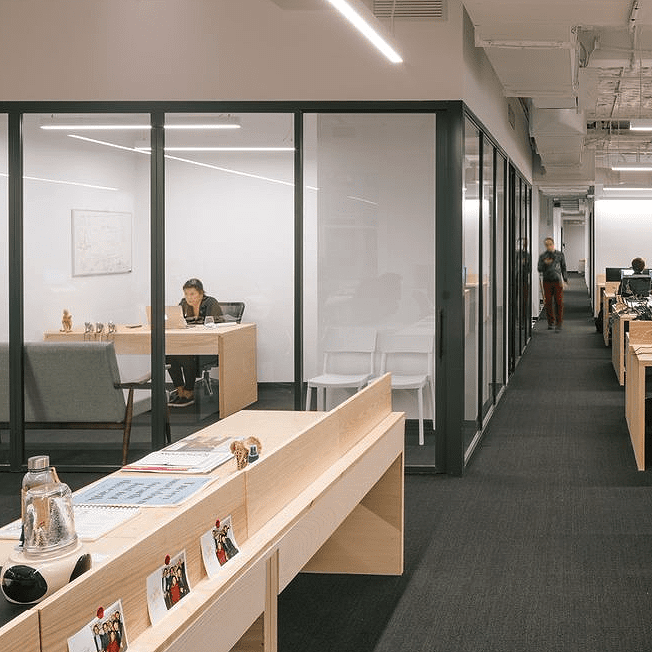
 HOSPITALITY
HOSPITALITY CO-WORKING
CO-WORKING HEALTHCARE
HEALTHCARE BRICK & MORTAR
BRICK & MORTAR EDUCATION
EDUCATION MULTI-FAMILY
MULTI-FAMILY BECOME A TRADE PARTNER
BECOME A TRADE PARTNER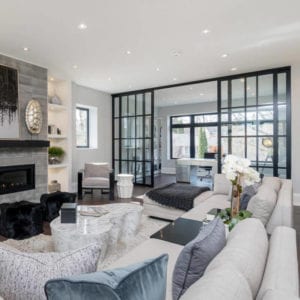
 PARTITION WALLS
PARTITION WALLS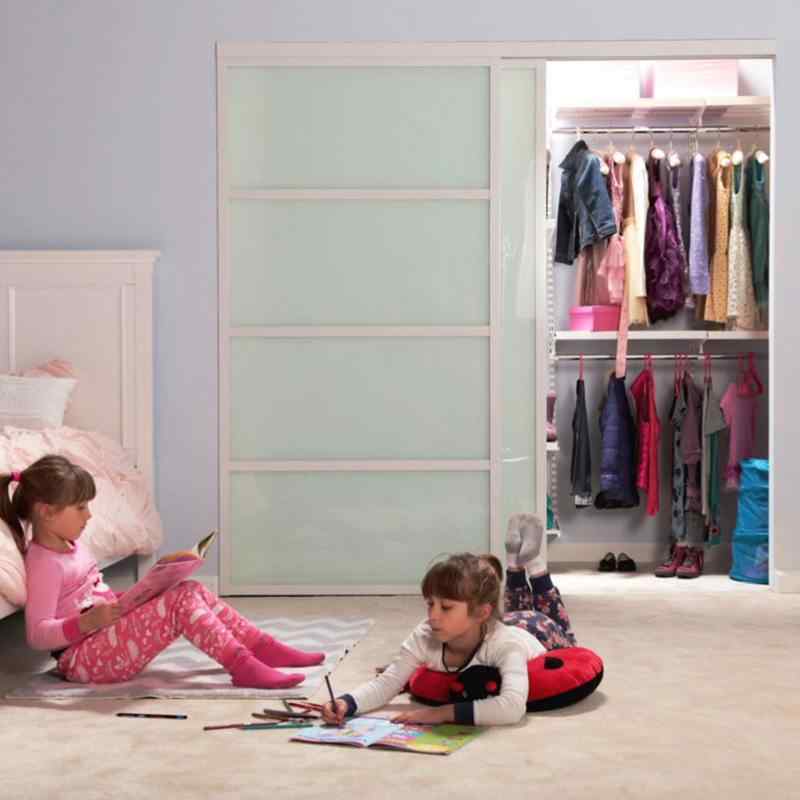 CLOSET DOORS
CLOSET DOORS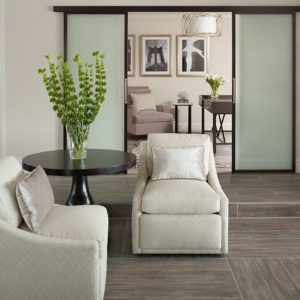 WALL SLIDE DOORS
WALL SLIDE DOORS SWING DOORS
SWING DOORS BI-FOLD DOORS
BI-FOLD DOORS BARN DOORS
BARN DOORS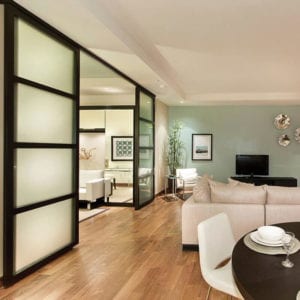 SUSPENDED DOORS
SUSPENDED DOORS

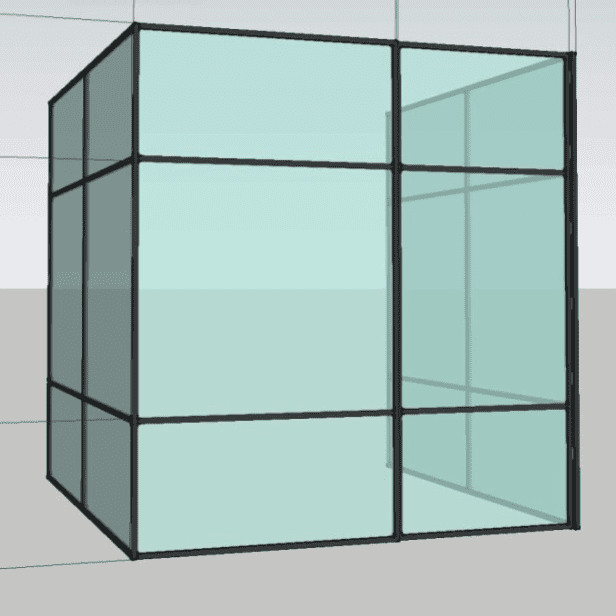


 10 REASONS
10 REASONS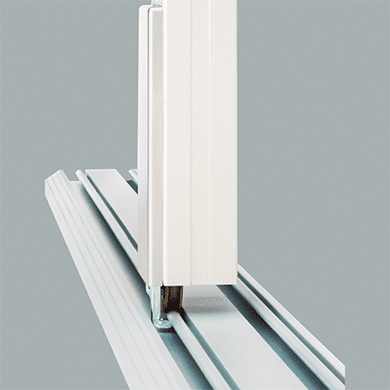 OUR PATENTS
OUR PATENTS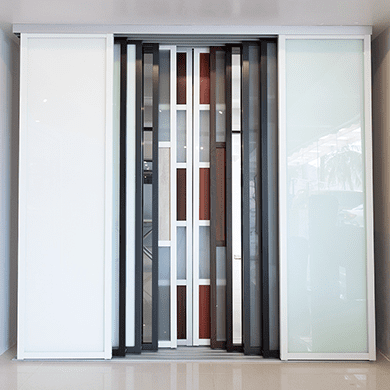 OUR PROCESS
OUR PROCESS OUR WARRANTY
OUR WARRANTY WHO WE ARE
WHO WE ARE CAREERS
CAREERS
